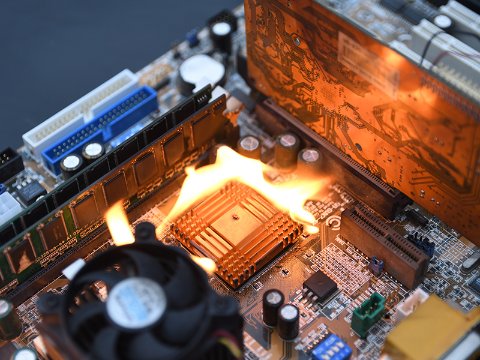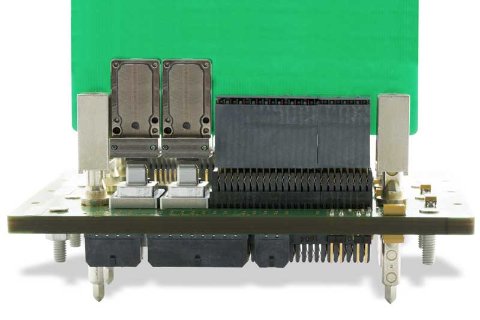Technical Features
- Device contact pitch: 0.35mm pitch and above
- Operating Temperature Range: -55°C to 120°C
- Device packages: BGA, WLCSP, QFN
- Pin-to-pin tip distance is 0.07mm-0.14mm, depending on the pin used
- Insertions: >500,000
- Innovative beveled offset tip allows for tighter centers, down to 0.25mm on the device pad
Benefits
- Suited for 0.35mm pitch and above applications
- Four-terminal measurement for low resistance power and analog test
- Ease of maintenance
- Excellent signal integrity
- Self-cleaning
Smiths Interconnect has developed an innovative and robust spring probe technology for Kelvin contact applications down to 0.35mm pitch. The product’s unique chisel tip provides reliable, stable contact resistance for critical applications such as loT, Automotive where test performance cannot be sacrificed.
Designed into Standard Array test sockets or Volta WLCSP probe heads, Kelvin probes provide a robust, low maintenance, long life, test solution. For even longer life, Kelvin probes can be optimized with Smiths Interconnect’s proprietary homogenous alloy to deliver a high touchdown count HVM production solution.
Leveraging our state of the art manufacturing facility, we hold a pin-to-pin spacing of just 70μm, and a pin-to-PCB spacing of 250μm. The Kelvin line covers device pitches from 0.35mm and above. As industry requirements for precision analog, power, and RF test continuously evolve, Smiths Interconnect innovates our Kelvin product line to provide the most accurate testing for highest possible test yields.
| Pitch | 0.35mm (Full Matrix) |
0.40mm (Full Matrix) |
0.40mm (QFN Pad) |
0.50mm (Full Matrix) |
| Tip to Tip (Device) |
0.07mm | 0.07mm | 0.10mm | 0.14mm |
|
Pin to Pin
(PCB)
|
0.25mm | 0.25mm | 0.40mm | 0.35mm |
| Pin P/N | 851-1003350-H00 | 623-0248-H13 | 101851-001 | |






